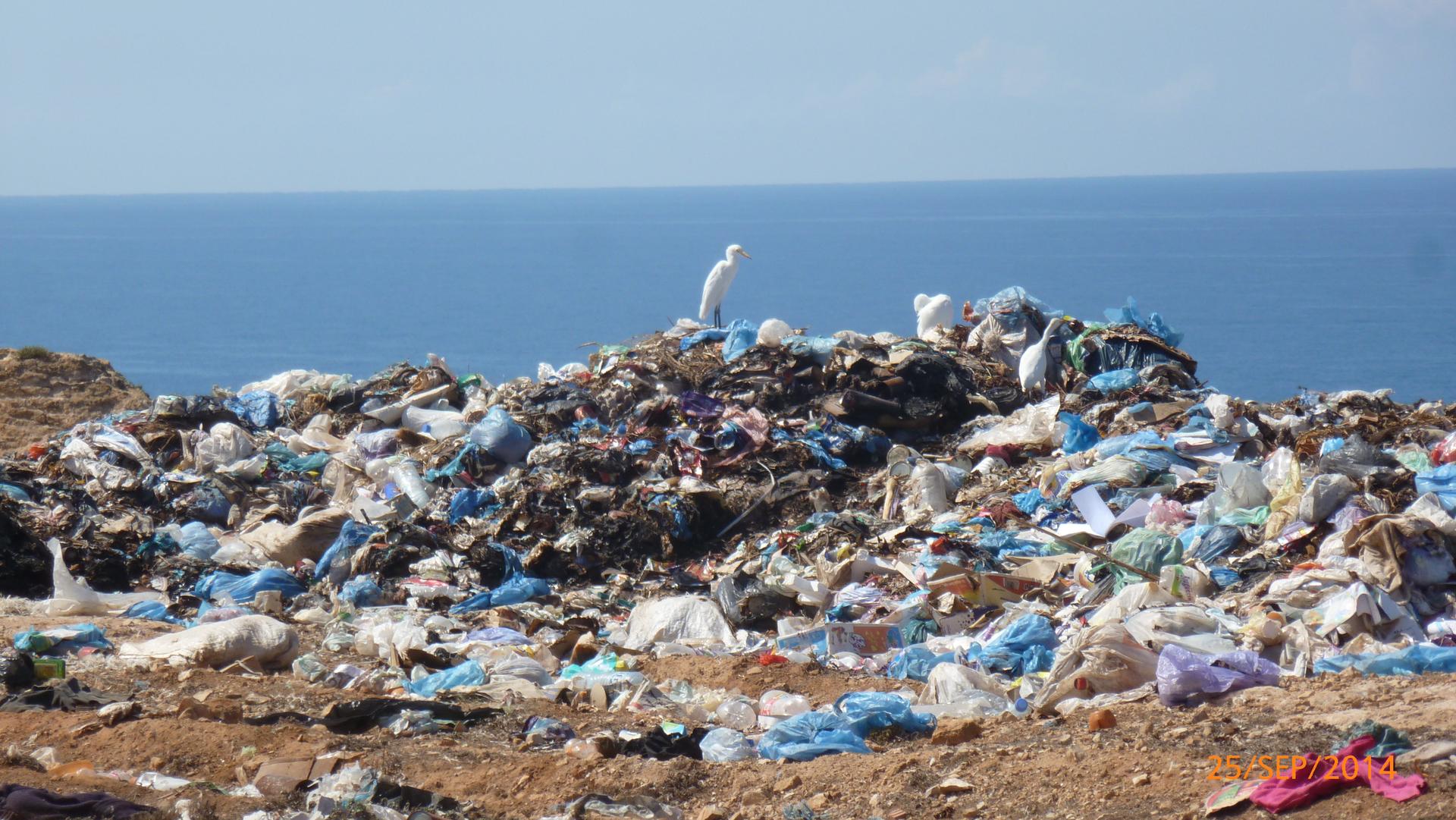Of global warming, plastic waste and velociraptors
Tons of plastic waste wash up on remote ocean beaches every year.
What do these three things have in common: the Earth’s temperature, waste from plastic products and velociraptors?
Answer: not much. Except they were all recently in the news and all are really interesting, or disturbing, depending on your point of view.
First: The National Oceanic and Atmospheric Administration, NOAA, declared the first six months of 2017 the second warmest on record, just behind 2016’s all-time record. Why is this news? Because climate scientists had expected temperatures to cool down, and they haven’t much.
Last year, if you recall, saw El Niño, a weather phenomenon that tends to create warmer temperatures in many places around the globe. In 2017, there is no El Niño, and yet Earth still has really high temperatures — high enough to make second place.
“That’s a big problem,” says Sophie Bushwick, senior editor for Popular Science, “because that suggests that global warming is really pushing up the temperatures.”
Bushwick says to think of El Niño and global warming like a ride on an escalator. Global warming is the escalator taking you up. If you jumped high in the air in a couple of places along the ride, that would be like an El Niño, because you’d be momentarily higher, but come right back down. Global warming is the thing that continues taking you up and up.
As predicted by decades of climate modeling, these warmer temperatures have been affecting weather patterns around the world. Canada has been reporting more flooding than normal; droughts are becoming more frequent in Montana and the Dakotas; and large wildfires are threatening many places in the world, including British Columbia, California and southern Europe.
“This is the type of nasty weather phenomenon that you can expect to see more frequently in a warmer planet,” Bushwick says. “The new normal.”
The second news item, unrelated to the Earth’s temperatures but also in the category of Things Humans Do to the Planet That We’d Rather Not Think About: A new study estimates that from the time we first began making plastics to the present day, humankind has created about 9.1 billion tons of them.
That’s billion, with a B.
By weight, that’s equal to 25,000 Empire State Buildings, Bushwick points out. This number will continue to rise. By 2050, the total amount of human-made plastic will be about 13 billion tons.
That’s the amount of plastic humans have produced entirely, not necessarily the amount that’s in the world right now, Bushwick notes. But, since plastic doesn’t easily degrade, a lot of what we create will remain on Earth in some form for thousands of years. To paraphrase one scientist: “That first small plastic toothbrush you used as a kid is still out there somewhere.”
The problem is, the world recycles only 9% of all the millions of pounds of plastic we use, Bushwick explains. And a great deal of it finds its way into the oceans, where it clumps together into enormous floating masses of garbage that occasionally wash up on the shores of remote islands in the Pacific Ocean. By the year 2050, scientists estimate, the seas will actually contain more plastic than fish.
Bushwick has a couple of suggestions, if you’d like to help reduce this problem in some small way. They are both based on one simple idea: stop using so much plastic in the first place.
#1: If you’re shopping in a grocery store, bring your own bag to avoid using a plastic one, and avoid buying items that are packaged in plastic.
#2: Stop getting takeout food. It’s almost all packaged in plastic, most of which gets thrown away and not recycled.
Last, but not least, the velociraptor: Two recent studies looked at how fast dinosaurs might have been able to run, just because, you know, it could happen. “In a Jurassic Park world, you want to know these things,” Bushwick says.
One study looked at the mechanics of how a T. rex would have run and basically found that a T. rex would have moved at the pace of a brisk walk. If it tried to run, it would have put too much stress on its enormous body. The researchers defined a brisk T. rex walk as about 12 miles per hour, which means most people would have a fighting chance of outrunning it. Most humans can run between 10 and 15 miles per hour. A world-class sprinter like Usain Bolt, who can run nearly 30 miles an hour, would have thumbed his nose at an advancing T. rex.
Not so with the velociraptor. These “terrifying oversized chickens” likely reached speeds of about 34 miles per hour. Usain Bolt would have been lunch.
“They could definitely run down even the fastest human,” Bushwick says. “I think that’s a scarier prospect than the T. rex.”
This article is based on an interview that aired on PRI’s Science Friday with Ira Flatow.
Our coverage reaches millions each week, but only a small fraction of listeners contribute to sustain our program. We still need 224 more people to donate $100 or $10/monthly to unlock our $67,000 match. Will you help us get there today?
